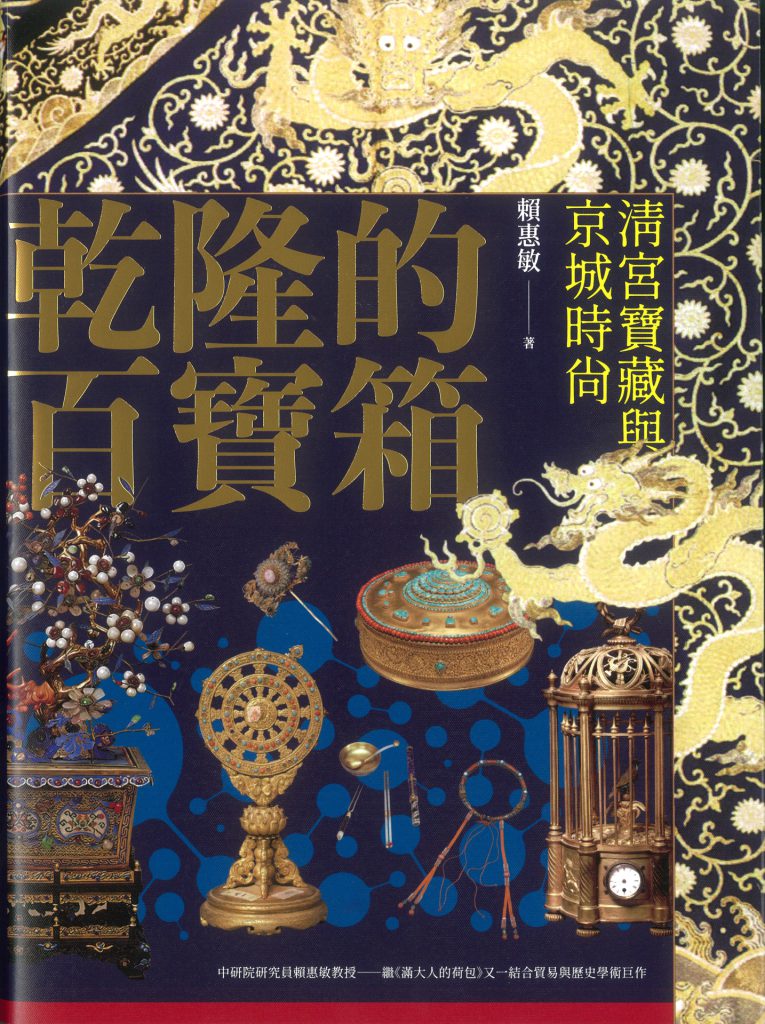This book discusses museum artifacts in context of economic history of the Qianlong period. Through tributary and trade exchanges, the eighteenth-century imperial court was filled with gold and silver jewelry, satin and silk fabrics, fur coats, and coral pearls. The Qianlong Emperor and his craftsmen advisers designed patterns for these artifacts, making “palace style” and “imperial craftsmanship” the standard of fashion in Beijing. People of Beijing pursued the “palace style” and filled the streets of the imperial city with boutique shops, resembling today’s Champs-Élysées in Paris, France, and Goethestrasse in Frankfurt, Germany.
While expanding his empire, the Qianlong Emperor welcomed craftsmen—from Xinjiang, Tibet, Nepal, and other regions—who brought new techniques for metal production. In addition, Western missionaries introduced techniques of metal surface treatment and formulation of joining materials. Ignatius Sichelbart’s (1708-1780) glass mirror paintings, for example, made the everyday life of imperial court women a major theme of glass paintings exported from Guangdong. To account for the popularity of Chinese style in eighteenth-century Europe, therefore, we should not overlook the significant role played by the Qianlong Emperor.
Please visit: https://reurl.cc/XmgVjj

